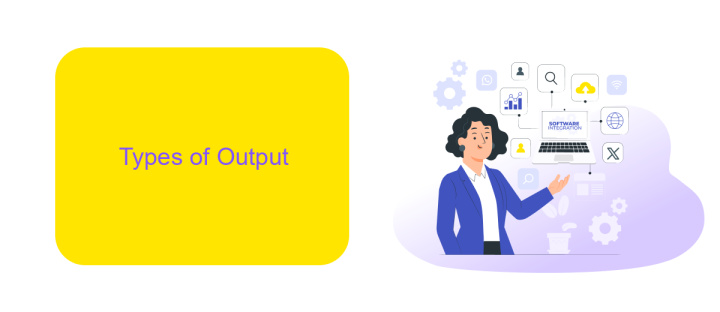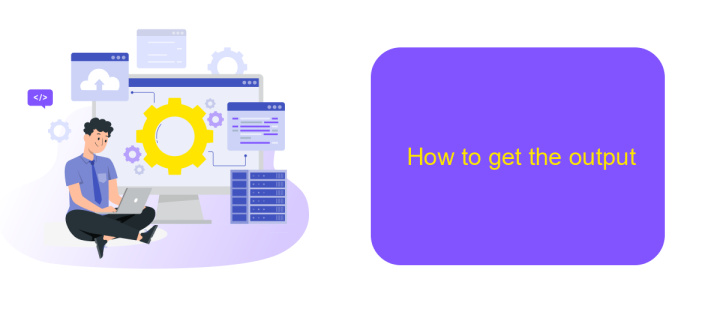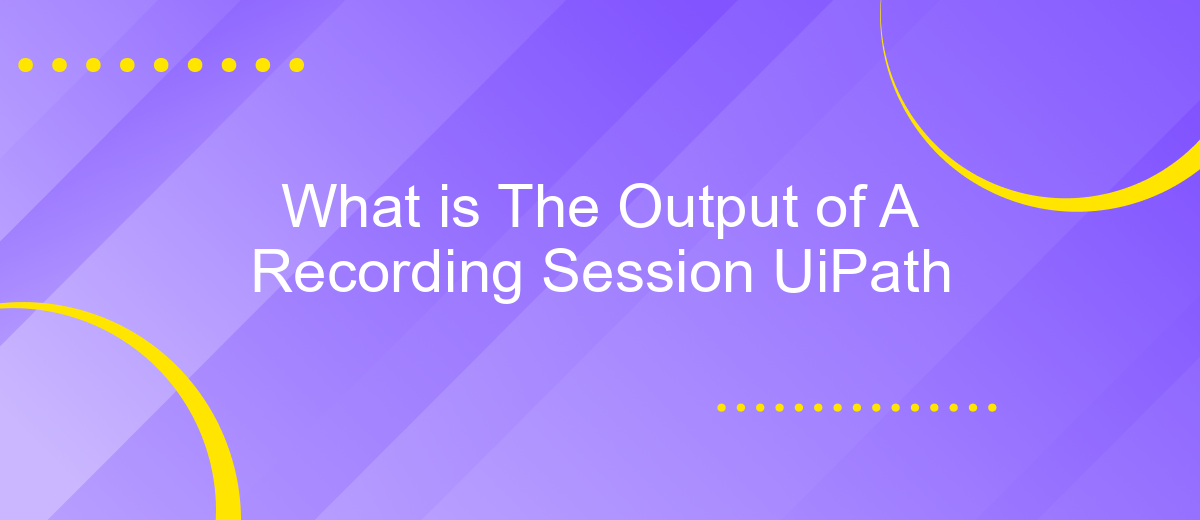What is The Output of A Recording Session UiPath
In the world of robotic process automation (RPA), UiPath stands out as a powerful tool for automating repetitive tasks. One key feature is its recording capability, which simplifies the automation process by capturing user actions. This article delves into the output of a recording session in UiPath, providing insights into how recorded sequences can be leveraged for efficient workflow automation.
Introduction
Understanding the output of a recording session in UiPath is crucial for anyone looking to streamline their automation processes. UiPath, a leading RPA (Robotic Process Automation) tool, enables users to record actions and convert them into automated workflows. This capability is essential for enhancing productivity and ensuring that repetitive tasks are handled efficiently.
- Capturing user interactions with applications
- Generating automated workflows from recorded actions
- Enhancing accuracy and efficiency in task automation
Moreover, integrating UiPath with other services can further optimize your automation efforts. For instance, using ApiX-Drive, a service that facilitates seamless integrations, can significantly enhance your workflow by connecting UiPath with various applications. This integration helps in automating data transfers and synchronizing tasks between different platforms, ensuring a more cohesive and efficient automation environment.
Types of Output

When conducting a recording session in UiPath, the types of output generated can vary based on the specifics of the automation process being recorded. One common type of output is the sequence of activities, which are recorded as steps in the workflow. These activities can include actions such as clicking on elements, entering data, and extracting information from various sources. The recorded sequence can then be edited and fine-tuned within UiPath Studio to ensure accuracy and efficiency.
Another significant type of output is the integration settings, especially when working with external services and APIs. For instance, using a service like ApiX-Drive can streamline the process of setting up integrations by automating data transfers between different platforms. This service helps configure the necessary API connections, ensuring that data flows seamlessly between UiPath and other applications. As a result, the output of a recording session may also include configured API endpoints and data mapping settings, which facilitate smooth and automated interactions between systems.
Output formats

When working with UiPath during a recording session, it is crucial to understand the different output formats available. These formats determine how the recorded data will be utilized and processed within your automation workflows.
- Text Files: Simple and versatile, text files can store plain text data, making them easy to read and manipulate.
- Excel Files: Ideal for structured data, Excel files allow for organized data storage and advanced data manipulation using formulas and functions.
- CSV Files: CSV files are great for data interchange between different systems, providing a straightforward way to handle tabular data.
- JSON Files: JSON is perfect for complex data structures, enabling easy data exchange between web services and applications.
- Databases: Storing data in databases ensures robustness and scalability, making it easier to manage large datasets and perform complex queries.
Additionally, integrating these output formats with various services can enhance the efficiency of your automation processes. For instance, using ApiX-Drive can simplify the integration of UiPath with other platforms, ensuring seamless data transfer and synchronization. This allows for more dynamic and flexible automation solutions, catering to a wide range of business needs.
How to get the output

To retrieve the output of a recording session in UiPath, you need to follow a series of steps that ensure the data is correctly captured and stored. First, make sure that your recording session is properly configured and that all necessary activities are included in your workflow.
Once the recording session is complete, you can access the output data through the variables and arguments that were defined during the session setup. It's essential to map these variables correctly to ensure seamless data flow.
- Open your UiPath project and locate the recording sequence.
- Identify the output variables that were used during the recording session.
- Use the "Output Data" panel to view and manage these variables.
- If needed, integrate with external services like ApiX-Drive to automate data transfer and further processing.
Integrating with ApiX-Drive can streamline your workflow by automating the transfer of output data to other applications or databases. This ensures that your data is not only captured efficiently but also utilized effectively in subsequent processes.
Sample Use Cases
One common use case for a recording session in UiPath is automating data entry tasks. For instance, consider a scenario where an employee needs to input data from an Excel sheet into a web-based CRM system. By using UiPath's recording feature, the user can easily capture the steps involved in opening the CRM, navigating to the relevant section, and entering the data fields. This automation not only saves time but also minimizes human errors, ensuring more accurate data management.
Another practical example involves integrating various software applications using services like ApiX-Drive. Suppose a business needs to synchronize data between their email marketing platform and their customer database. By recording the necessary steps in UiPath, such as logging into both systems, extracting relevant data, and updating records, the process can be automated seamlessly. ApiX-Drive can further enhance this integration by providing pre-built connectors and workflows, allowing for a smoother and more efficient data flow between different applications.
FAQ
What is the output of a recording session in UiPath?
Can I modify the recorded sequence in UiPath after the recording session?
Does UiPath support integration with other applications for automation purposes?
How can I integrate UiPath with external APIs for extended functionality?
What steps should I follow to ensure a successful recording session in UiPath?
Routine tasks take a lot of time from employees? Do they burn out, do not have enough working day for the main duties and important things? Do you understand that the only way out of this situation in modern realities is automation? Try Apix-Drive for free and make sure that the online connector in 5 minutes of setting up integration will remove a significant part of the routine from your life and free up time for you and your employees.

